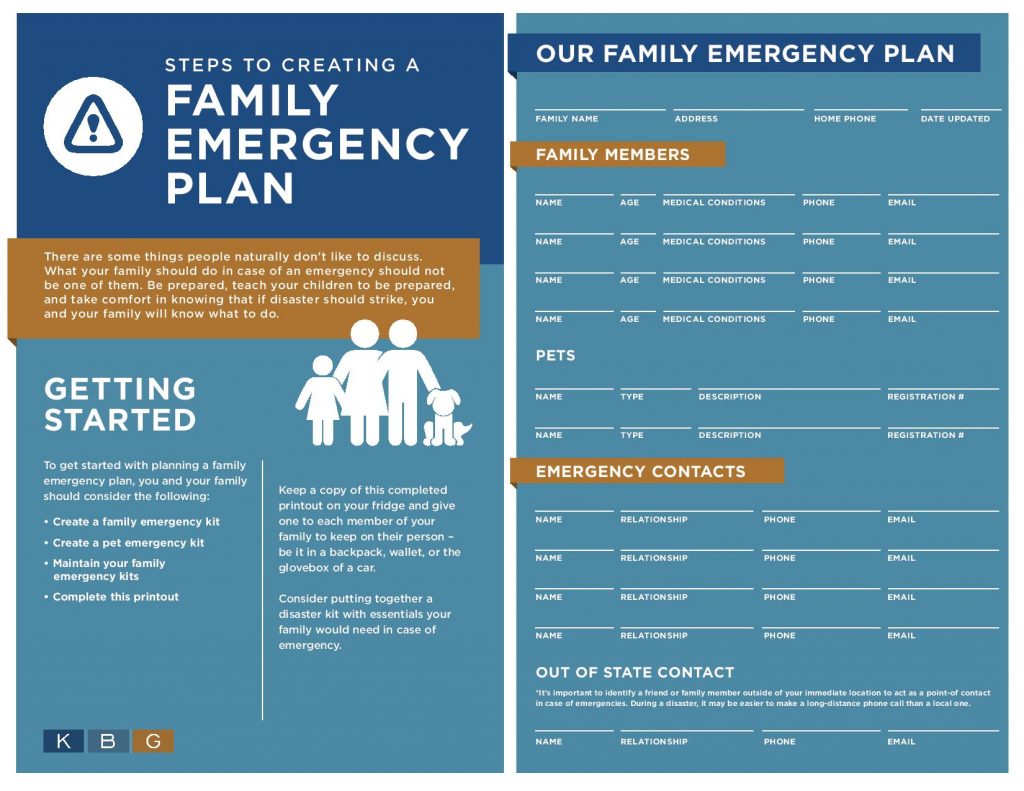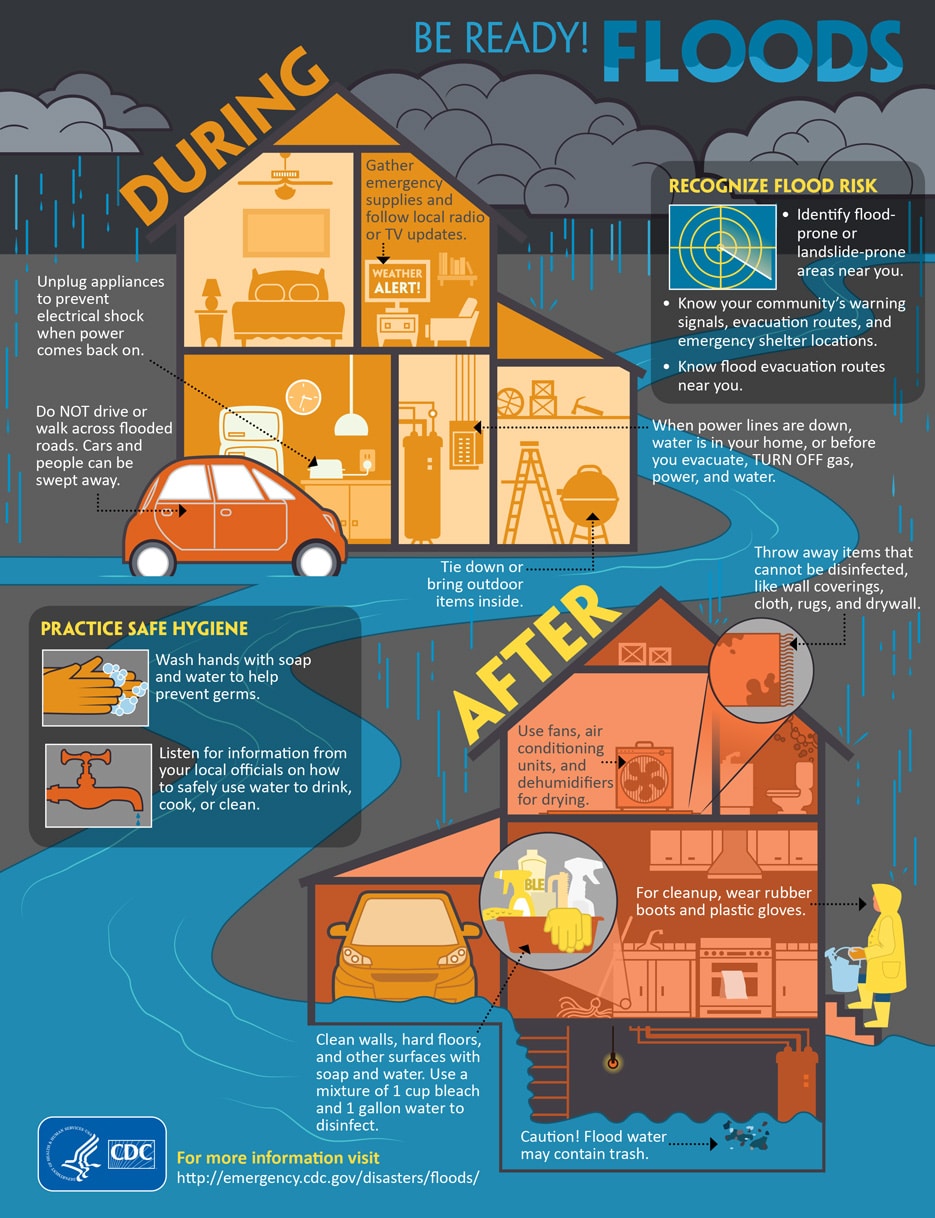Guide to Preparing Your Home for Extreme Weather
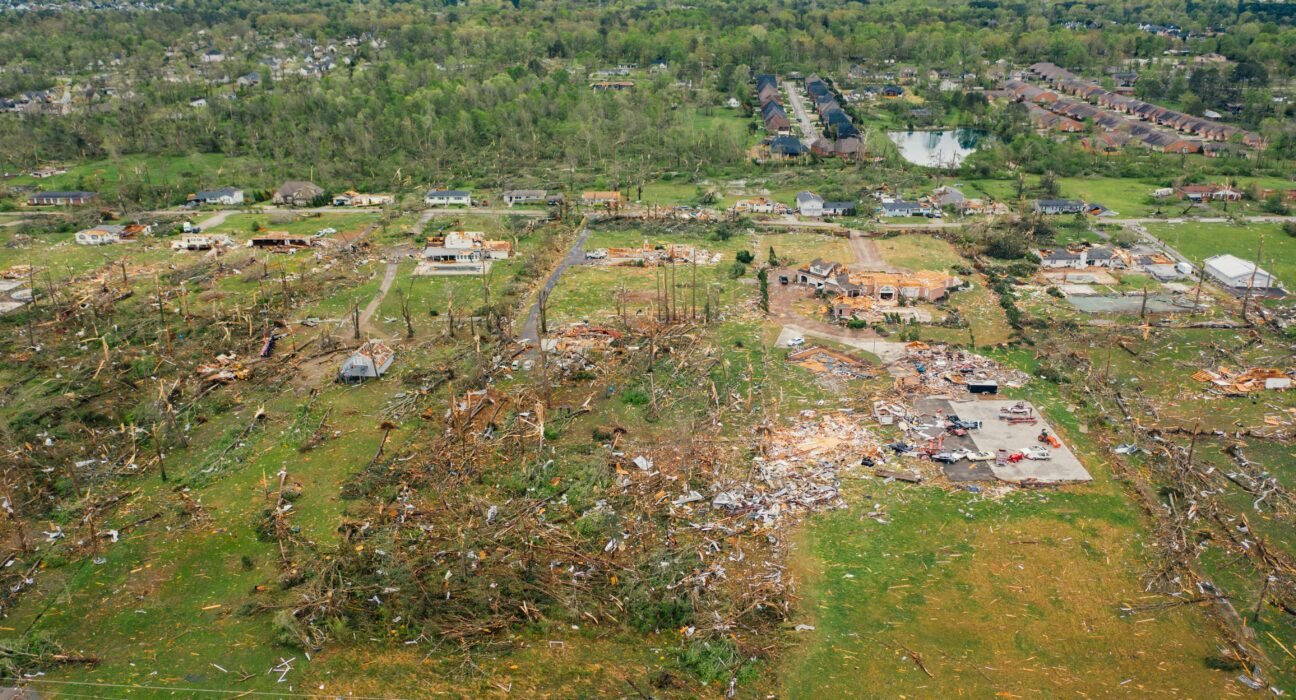
Guide to Preparing Your Home for Extreme Weather
Extreme weather events have become increasingly common, affecting homeowners across the United States. As a blogger targeting middle-aged individuals aged 40-55, it’s essential to provide practical and engaging information on how to prepare homes for these challenges. This guide will cover various aspects of home preparation, including understanding local risks, creating emergency plans, and implementing effective weatherproofing measures.
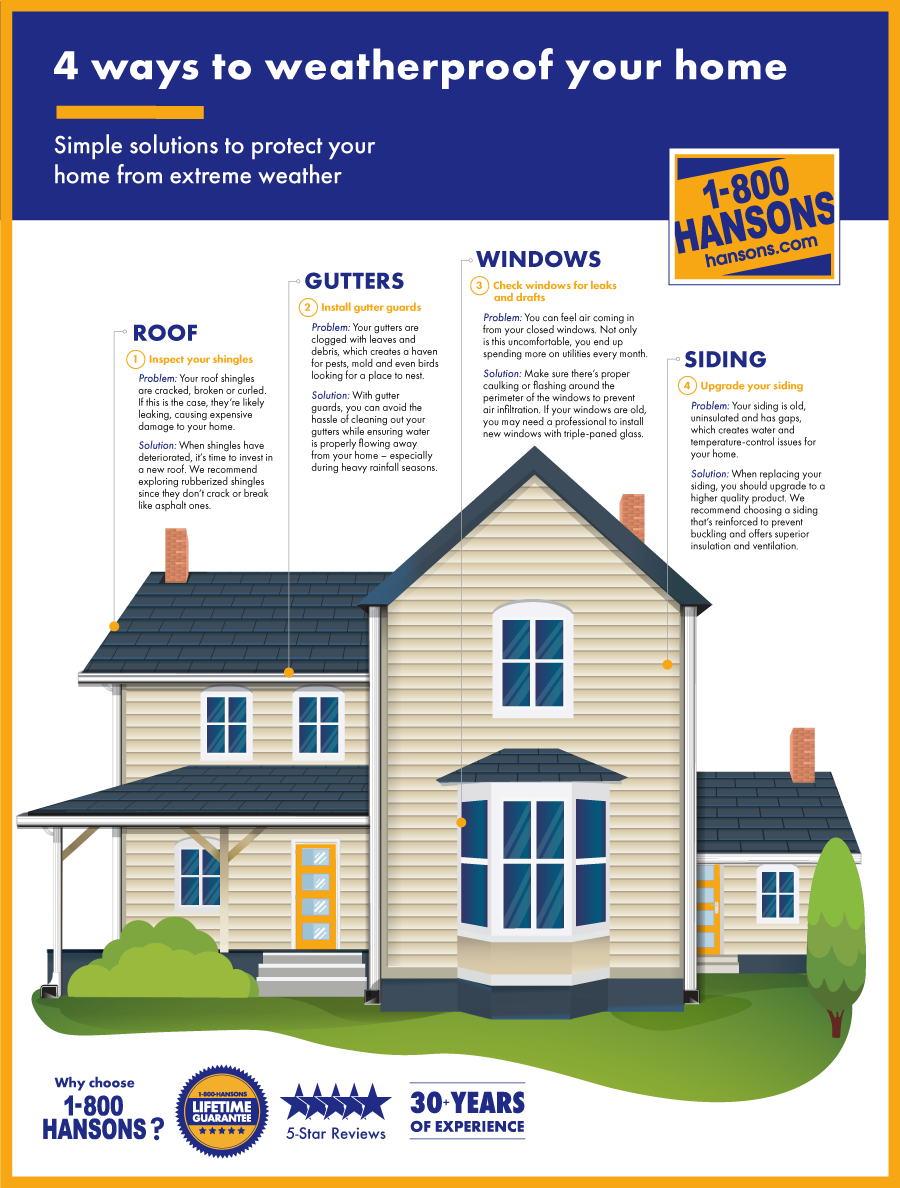
Understanding Local Weather Risks
Identify Local Threats
The first step in preparing your home for extreme weather is to understand the specific risks in your area. These can include:
-
Flooding: Areas near rivers or coastlines are particularly vulnerable.
-
Wildfires: Regions with dry climates or dense vegetation face significant wildfire risks.
-
Hurricanes and Tornadoes: Coastal and certain inland areas can be affected by these severe storms.
Research local climate data and consult resources like the National Oceanic and Atmospheric Administration (NOAA) or local emergency management agencies to gain insights into the most likely weather threats you may face .1 .3.
Creating an Emergency Plan
Develop a Family Emergency Plan
Having a well-thought-out emergency plan is crucial. This plan should include:
-
Evacuation Routes: Identify multiple routes out of your area in case of severe storms or flooding.
-
Emergency Contacts: Compile a list of important phone numbers, including family members, friends, and local emergency services.
-
Emergency Kit: Assemble a kit with essentials such as water, non-perishable food, flashlights, batteries, first-aid supplies, and any necessary medications. Ensure that your kit is easily accessible .3 .4.
Communicate the Plan
Make sure all family members are familiar with the emergency plan. Conduct regular drills to ensure everyone knows what to do in case of an emergency.
Weatherproofing Your Home
Reinforce Your Home’s Structure
To protect your home from extreme weather, consider the following upgrades:
-
Windows and Doors: Install storm shutters or use plywood to cover windows during severe storms. Reinforce doors with deadbolts and ensure they are hurricane-rated if you live in a susceptible area .4 .11.
-
Roof Maintenance: Regularly inspect your roof for damaged shingles or leaks. Consider upgrading to impact-resistant materials that can withstand high winds .10.
-
Gutters and Drainage: Clear gutters and downspouts regularly to prevent water buildup. Installing gutter guards can also help keep debris out .10 .14.
Landscaping for Safety
Proper landscaping can mitigate risks:
-
Trim Trees: Remove dead or overhanging branches that could fall on your home during storms.
-
Fire-resistant Landscaping: In wildfire-prone areas, use fire-resistant plants and materials around your home to reduce fire risk .11 .14.
Financial Preparedness
Insurance Coverage
Understanding your insurance policy is vital:
-
Review Your Policy: Ensure that your homeowners insurance covers damages from extreme weather events relevant to your area. Consider additional coverage for floods or earthquakes if necessary .1 .9.
-
Emergency Fund: Maintain an emergency fund that covers three to six months of expenses. This fund can help you manage unexpected repair costs after a disaster .10 .14.
Seasonal Maintenance Checklist
To keep your home resilient against extreme weather, follow this seasonal maintenance checklist:
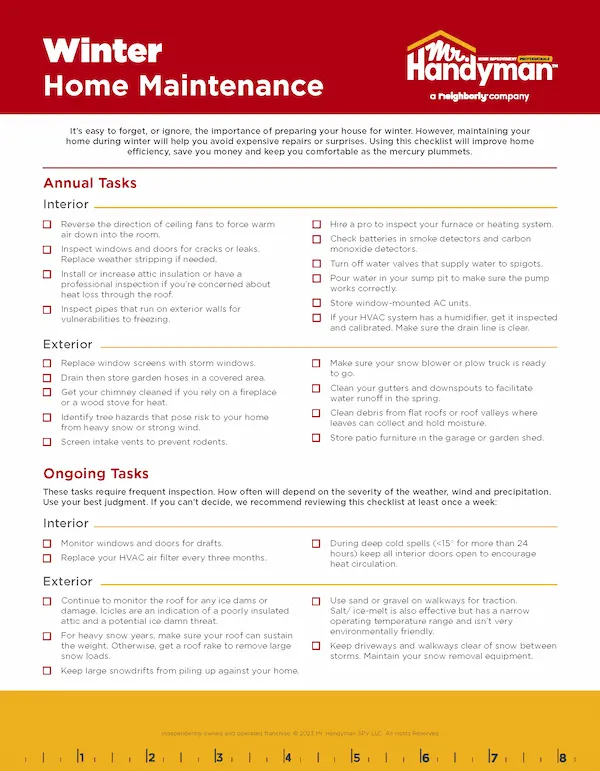
Spring
-
Inspect roofing and siding for damage.
-
Clean gutters and downspouts.
-
Check for signs of pests or mold in attics and basements.
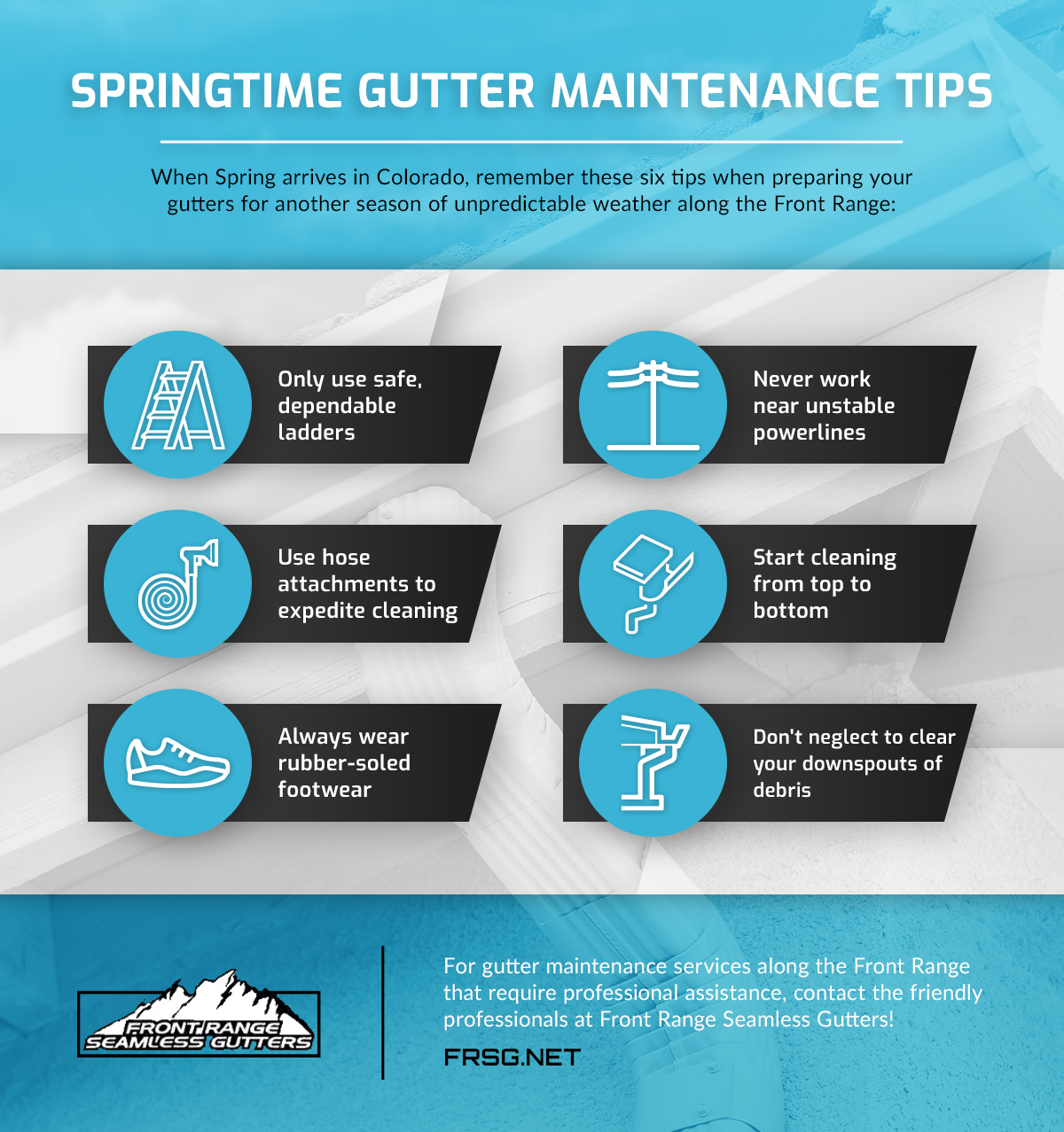
Summer
-
Trim trees and shrubs.
-
Test sump pumps and drainage systems.
-
Prepare an emergency kit for summer storms.
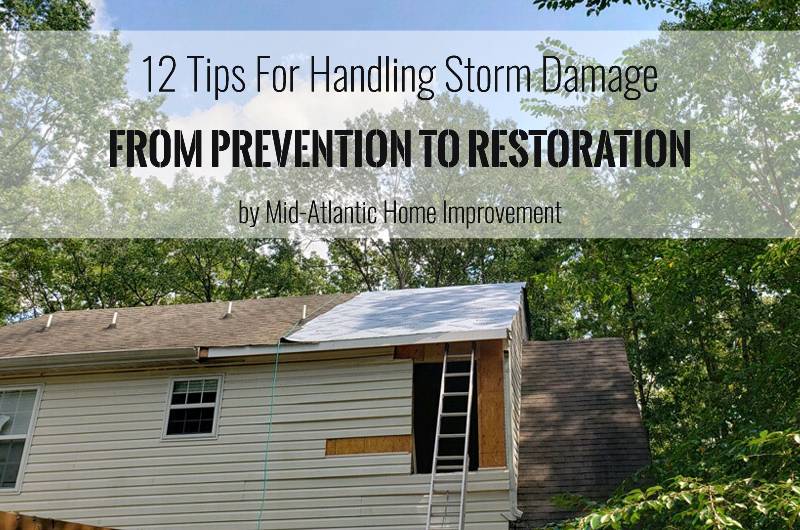
Fall
-
Winterize outdoor faucets and sprinkler systems.
-
Inspect heating systems; replace filters as needed.
-
Store outdoor furniture securely.

Winter
-
Insulate pipes in unheated areas.
-
Check for ice dams on roofs.
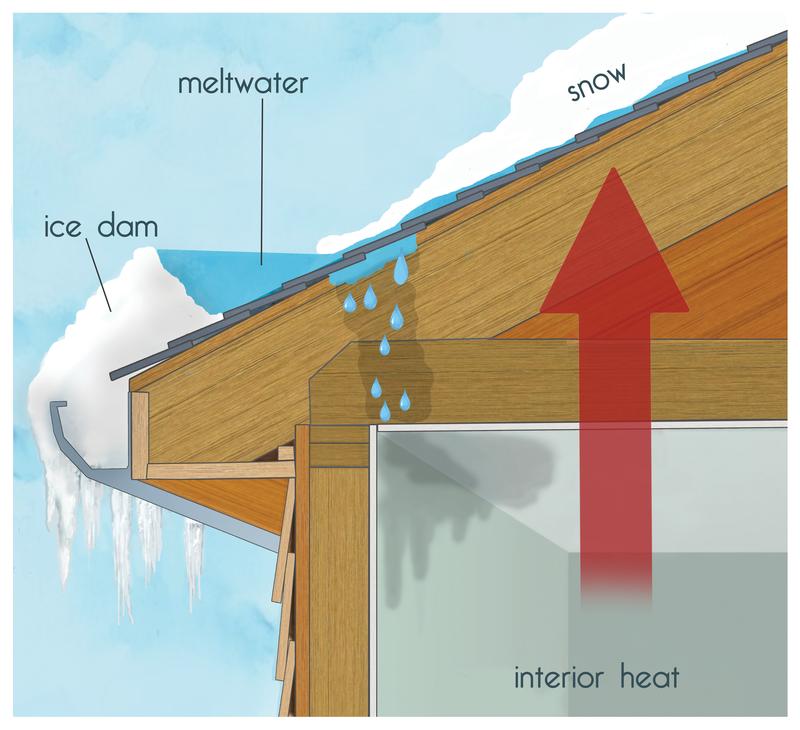
Engaging Your Audience
When writing this article, adopt a friendly tone that resonates with your audience’s experiences. Use relatable anecdotes or questions to engage readers effectively. For instance, you might start with a scenario about a recent storm that impacted many homeowners, prompting readers to reflect on their own preparedness.

Conclusion
Preparing your home for extreme weather is not just about protecting property; it’s about ensuring safety and peace of mind for you and your family. By understanding local risks, creating an emergency plan, reinforcing your home’s structure, maintaining financial preparedness, and following seasonal maintenance guidelines, you can significantly reduce the impact of extreme weather events on your life.
This guide serves as a comprehensive resource tailored specifically for middle-aged homeowners seeking practical solutions to safeguard their homes against the increasing threats posed by climate change. By taking proactive steps today, you can ensure that your home remains a safe haven in the face of nature’s challenges.



